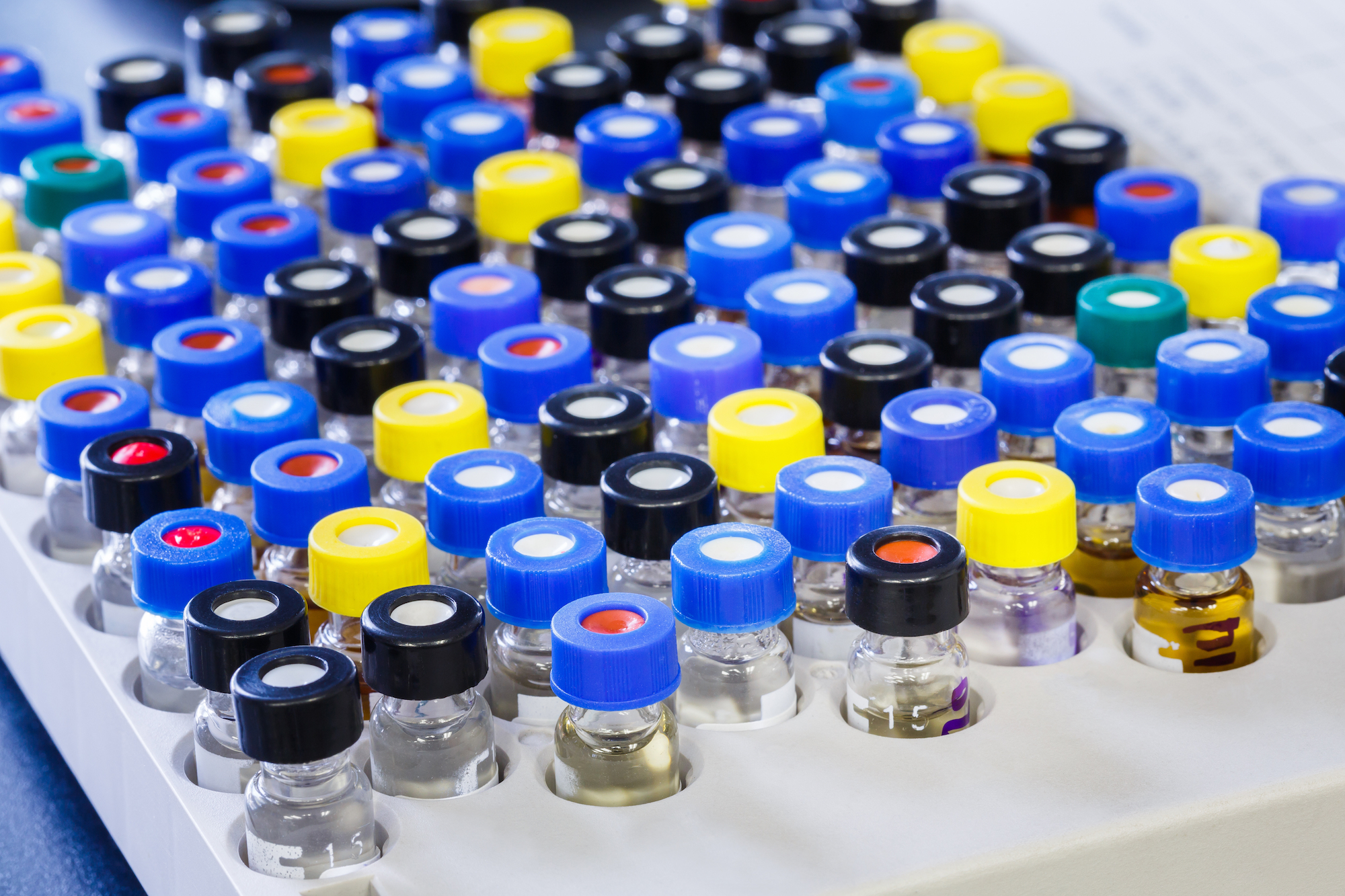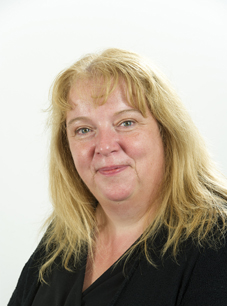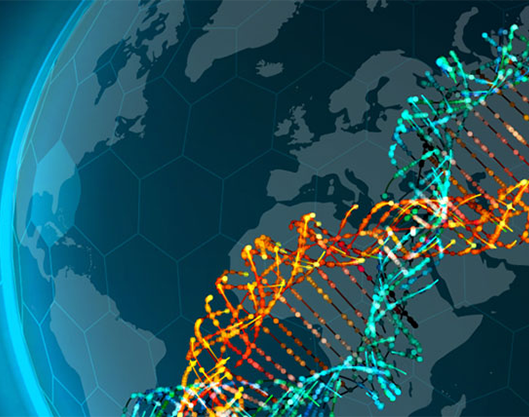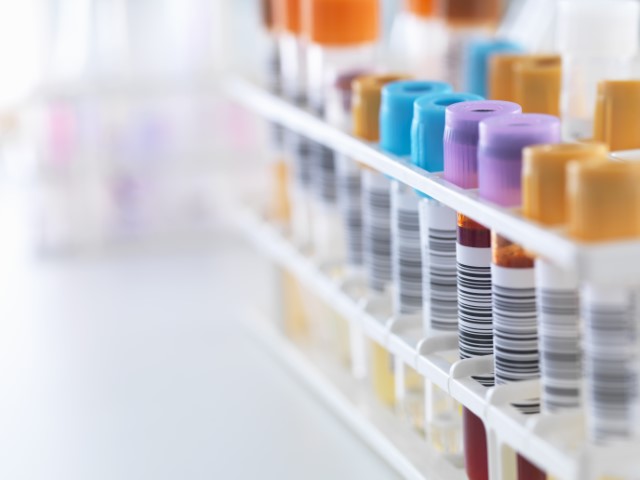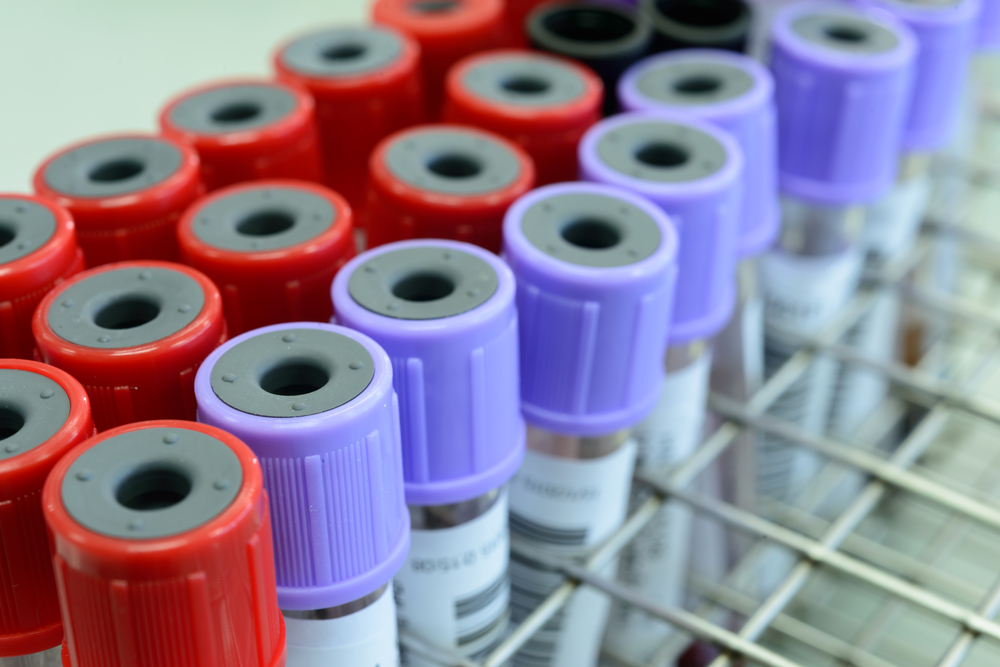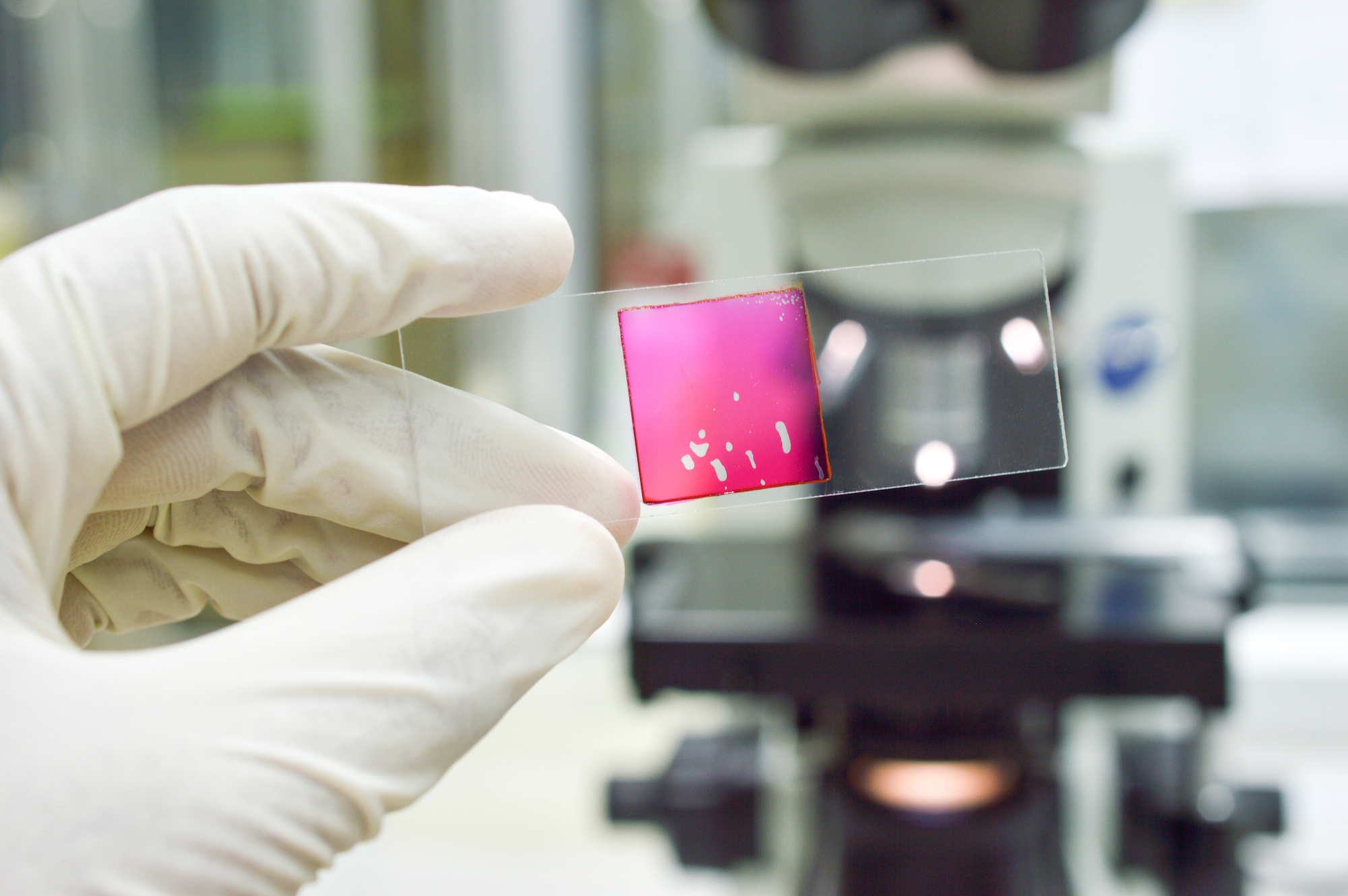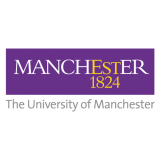The majority of biobank samples are collected as surgical excess, diagnostic remnants or post mortem tissue. While all of these sources are extremely valuable, they each have limitations.
Surgical excess and diagnostic samples come from diseased patients, often cancer donors, and the closest to a ‘normal’ sample is adjacent tissue – that is, tissue obtained from the perimeter of the excised area and graded by a pathologist as within normal limits. Normal samples are essential for comparative studies as, without them, correlations cannot be drawn. There is an argument that normal adjacent tissue (NAT) is not a true ‘normal’ and may carry genetic abnormalities. The quality of post mortem tissue will depend on the speed of collection. Furthermore, if the clinical information linked to a sample is limited, then this will limit its usefulness in a research setting.
On-demand samples are collected prospectively to fulfil a client’s needs, and the process works in reverse. The collecting site obtains the researcher’s request in advance of the collection, and works to obtain material to meet these requirements. In this way, both the tissue and clinical information can be matched to the research requirements.
Samples collected on-demand can be collected from specific donors with very specific inclusion or exclusion criteria and comes with very detailed information. Working in this way maximises the value for both the donor and the researcher, but it can be difficult to set up, requiring both management and clinical contacts.
Sample availability also varies according to disease area with some disease groups better represented than others. For this reason, samples are usually only obtained through personal contact or by researchers working in a hospital or academic environment; even here, availability is dependent on in-house expertise and departmental collaboration. Samples collected in this way from consenting patients are much in demand for scientific researchers as they are of high quality and are well annotated, and can be obtained from very specific patient groups and sub- groups. Furthermore, for some patient groups, true normal tissue can be offered by this method.
In the past, researchers considering undertaking their own prospective collection were faced with the difficult task of locating clinical collaborators with access to suitable donors, obtaining ethical approval for the project and then overall management of the study. The practical implications and challenges to such studies were often prohibitive for the individual researcher. These new on-demand collection services are routinely offered by virtual biobanks and can overcome these difficulties.
About the author
Fiona Mackenzie is Client Services Director at Tissue Solutions, a virtual biobank that offers a single-point access to the entire range of human biomaterials including diseased and normal tissues.
Prior to Tissue Solutions, she worked in the fields of biotechnology transfer, preclinical research and drug discovery. Fiona obtained a PhD in Pharmaceutical Sciences and an MBA from the University of Western Scotland (UK).
This article is from a series contributed by the UK drug discovery community. For more information read our disclaimer.

